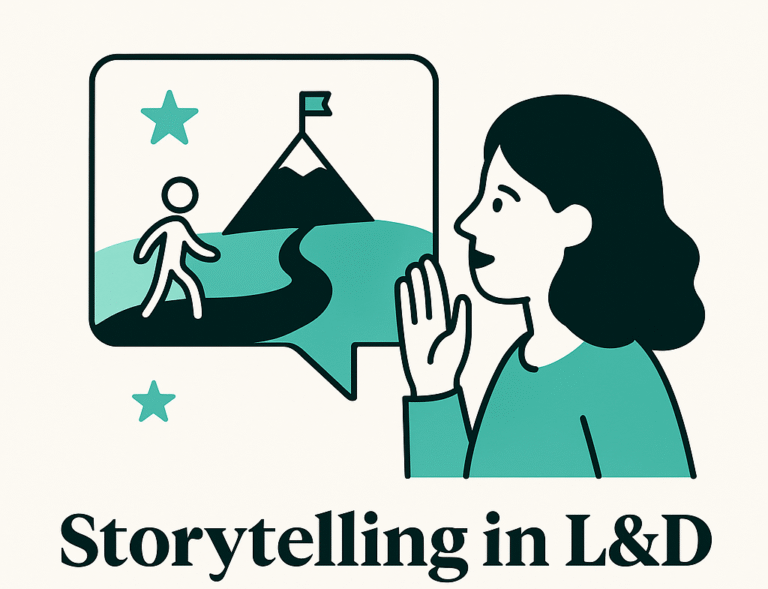Management practices have evolved significantly across the decades. Our organizations are no longer purely hierarchical groups of employees, but more complex networks of permanent, part-time staff, contractors, service companies, resellers, even co-creator customers. Our supporting software architectures and workflows are webs of systems combined to deliver products and services at a speed and convenience that is unprecedented.
The pace of digital transformation is only accelerating and fundamentally impacts every industry sector. To survive and thrive, organizations will need more agile processes, workflows and people. This will require a deep understanding of what motivates people at work.
Underlying motivators drive success
It is now approaching a decade since Daniel Pink wrote “Drive” – an influential book that highlighted the gap between what science knows and what business does about motivating people and driving performance in the workplace. The traditional, external, carrot-and-stick motivators do not work and often do harm. Pink neatly summarized three essential elements that drive motivation:
- Mastery – the urge to get better and better at something that matters
- Autonomy – the desire to direct our own lives
- Purpose – the yearning to do what we do in the service of something larger than ourselves
These motivators – Mastery, Autonomy, Purpose – are the three legs of a stool on which a “perfectly motivated” worker sits. If just one leg is missing then it all falls over – performance, productivity and retention is compromised.

People enablement demands an integrated approach
With this in mind, why is it that most of the current HR and learning technology and tools we use are implemented in ways that are designed to fall over?
The following scenarios are all too common across enterprises today:
- An isolated learning management system provides a catalog of courses, which are not aligned to job roles, actual skills and competences required to perform well, and are not properly contextualized to the individual or even the organization
- A performance management system that operates an infrequent appraisal and review of competence and performance levels that do not present the individual with any opportunity to demonstrate fresh thinking and new ideas that might improve work practices – stick to the tram-lines only please
- Internal communication across the organization is trapped in silos (sometimes between separate systems or more frequently in terms of configuration) with no culture of sharing across teams, or encouragement of individuals to come forward with new ideas for fear of being “shot down”. There is no coherent understanding of what the organization aims to achieve that individuals can relate to their own role
Achieving tight integration between learning, performance and engagement transcends these technical and cultural barriers and is therefore essential to success in the modern organization.
The integrated people enablement platform
There is growing recognition that HR and learning technology platforms must offer greater integration and interoperability, plugging directly into the workflow systems and processes of organizations.
Totara is leading this wave with the only fully flexible platform designed for the modern workplace.



